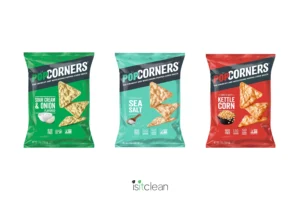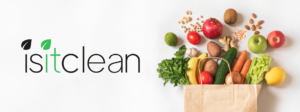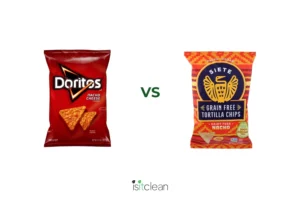
Acesulfame potassium is a zero-calorie sweetener that is added to many sugar-free…



High fructose corn syrup (HFCS) is a sweetener that is commonly used in processed foods and beverages. It is made by converting cornstarch into a syrup that is rich in fructose, by treating it with enzymes to break down the glucose molecules into fructose. The resulting syrup is then mixed with pure corn syrup, which is high in glucose, to create a syrup that is 42-55% fructose and 45-58% glucose. This syrup is then filtered, purified, and blended to achieve the desired sweetness level.

High fructose corn syrup (HFCS) has been linked to several health risks when consumed in excess. One of the primary concerns is its contribution to obesity, as it is a highly concentrated source of calories that can lead to weight gain when consumed in large amounts. Studies have also suggested that HFCS consumption may increase the risk of developing type 2 diabetes, as it can impair insulin sensitivity and disrupt glucose metabolism. Furthermore, HFCS consumption has been associated with an increased risk of heart disease, liver disease, and certain types of cancer. Additionally, HCFS is produced from corn, which is a GMO crop.
Health is like a bank account, certain ingredients make a deposit into your health bank, meaning they add to
your health. Certain ingredients withdraw from your health bank. We want health promoting ingredients in our diet. To keep things simple, we rate ingredients on a green, yellow, red scale:

It is naturally occurring in food and has no harmful effects on the body. It is real food. It is health promoting.

It goes into one or more of the below categories

It is known to have a harmful effect on the body (ex. All food colorings, Natural Flavors, MSG, Potassium bromate, aspartame, artificial flavors)



The Food Showdown: Popcorners flavors
Ingredient Rating: Canola oil – is it bad for you?
Clean Consuming: Nourishment for your

We have accomplished so much in just 1 year since our launch in March of 2023! We now have 10,000

The Nacho Chip Food Showdown, is Tapioca Starch safe in food? and a must-see documentary on America’s food system.
Stay in the know with the latest ratings, articles, and our newsletter, The Dirt.